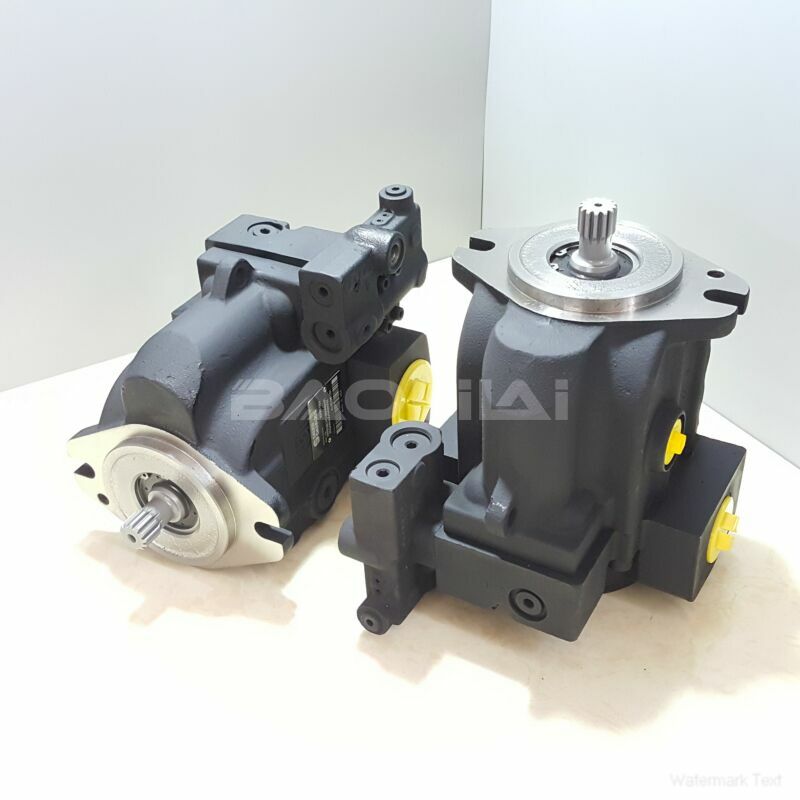LRR030DPC13NNNNN3C2RGA6NAAANNNNNN danfoss pump
LRR030DPC13NNNNN3C2RGA6NAAANNNNNN danfoss pump

- Product Details
- Applicable Scene
Hydraulic systems are essential in various industrial applications, and Danfoss hydraulic pumps are known for their reliability and performance. However, like any mechanical component, they are subject to wear and tear over time. Identifying signs of degradation early can help prevent complete failure, reduce downtime, and extend the lifespan of the equipment. This guide outlines the common signs of wear and tear in Danfoss hydraulic pumps and offers tips for effective maintenance.
LR-R-030D-PC-13-NN-NN-N-3-C2RG-A6N-AAA-NNN-NNN
LRR030DPC13NNNNN3C2RGA6NAAANNNNNN
Understanding the Components

83038486
Danfoss hydraulic pumps consist of various components, including gears, bearings, seals, and housings. Each part plays a critical role in the pump’s efficiency and functionality. Over time, these components may suffer from wear due to factors such as high operating pressures, temperature variations, and contamination from external sources.
Common Signs of Wear and Tear
Unusual Noises: One of the first indicators of wear in a hydraulic pump is abnormal noise. If you hear grinding, whining, or knocking sounds during operation, it could indicate that the internal components are worn or misaligned.
Vibration: Excessive vibration can signify imbalance or misalignment within the pump. Consistent monitoring of vibration levels can help detect issues before they escalate.
Pressure Fluctuations: Inconsistent hydraulic pressure can point to wear in the pump’s internal components. If the system pressure is lower than normal, it may indicate that seals or valves are failing, leading to reduced efficiency.
Fluid Leaks: Leaking hydraulic fluid is a clear sign of wear. Check for fluid around the pump seals and connections. Leaks can not only indicate worn seals but also contribute to further damage through contamination and loss of hydraulic fluid.
Overheating: A hydraulic pump that runs hotter than usual may have worn bearings or insufficient fluid flow. Monitoring temperature regularly can help identify overheating issues.





